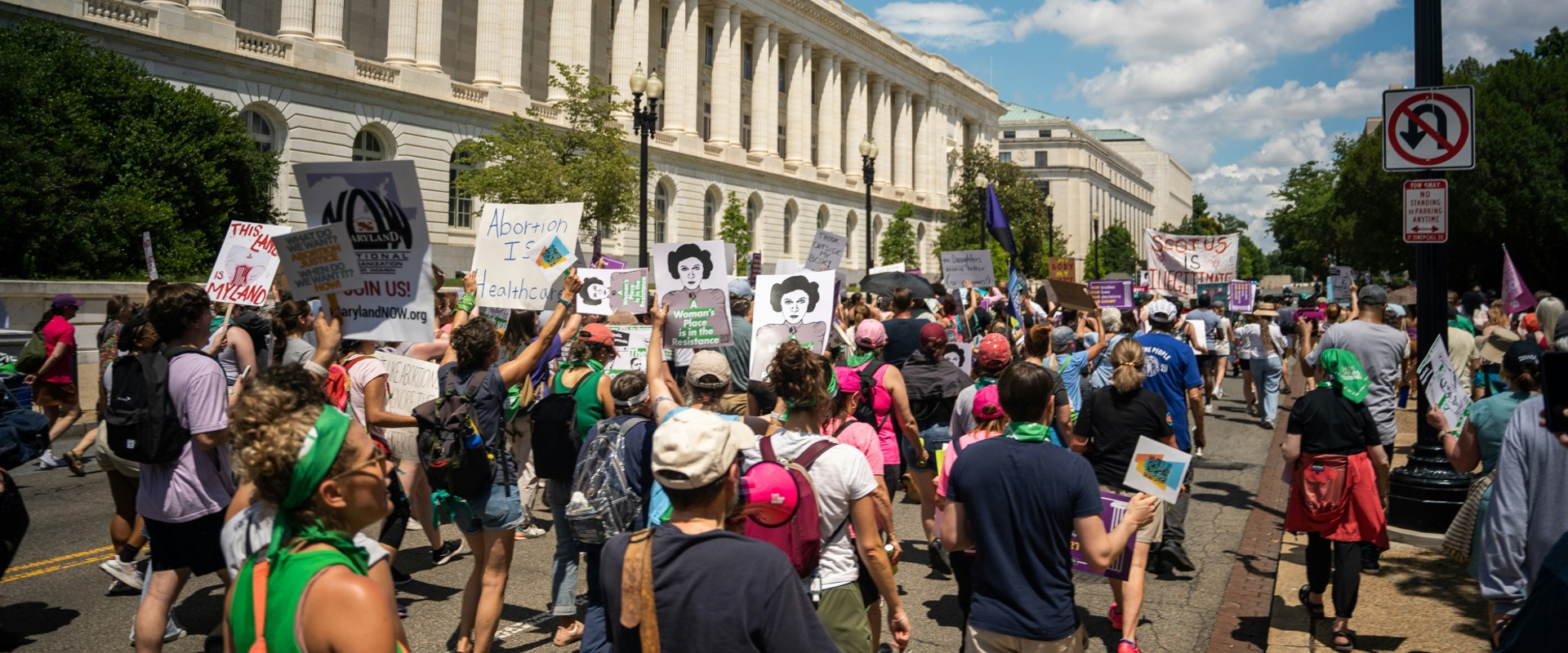Seventh Edition of ‘The Evidence’: The Rise of Unsafe Abortions after Roe v Wade
In this month’s edition of The Evidence newsletter, Josephine Lethbridge explores reproductive rights after the end of Roe v Wade, highlighting research on the potentially unsafe methods used in self-managed abortions.
In June 2022, the U.S. Supreme Court overturned its earlier Roe v Wade ruling which had legalized abortion nationwide. Since then, 22 states have taken measures to restrict abortion to a greater extent.
New research has uncovered a rise in the number of reproductive-aged women in the US attempting to induce their own abortions post-Roe v Wade. Worryingly, the majority of those surveyed used potentially unsafe methods for self-management.
Globally, abortion access varies widely, with estimates indicating that 45% of abortions are unsafe.
So, what needs to change?
Experts emphasize that there are safe ways to self-manage an abortion. For instance, in the first trimester of pregnancy, individuals can safely manage their own abortions using the drugs mifepristone or misoprostol. However, as Lethbridge writes, “lack of access to such knowledge is the first and most important stumbling block” to safe self-management.
Communicating the evidence on abortions is vital for providing help to those who need it.
Read this month’s full newsletter to learn about advocating for safer, more accessible care for all, in communities, workplaces, and in policy.
An archive of previous issues can be accessed through Social Science Space.
Sage – the parent of Social Science Space – sponsors The Evidence, a bold new feminist newsletter that covers everything you need to know about the latest social and behavioral science research into gender inequality. The newsletter makes research accessible and understandable, empowering readers to respond to today’s crises by making changes in their communities, their workplaces, or in the laws of their country.
































































































